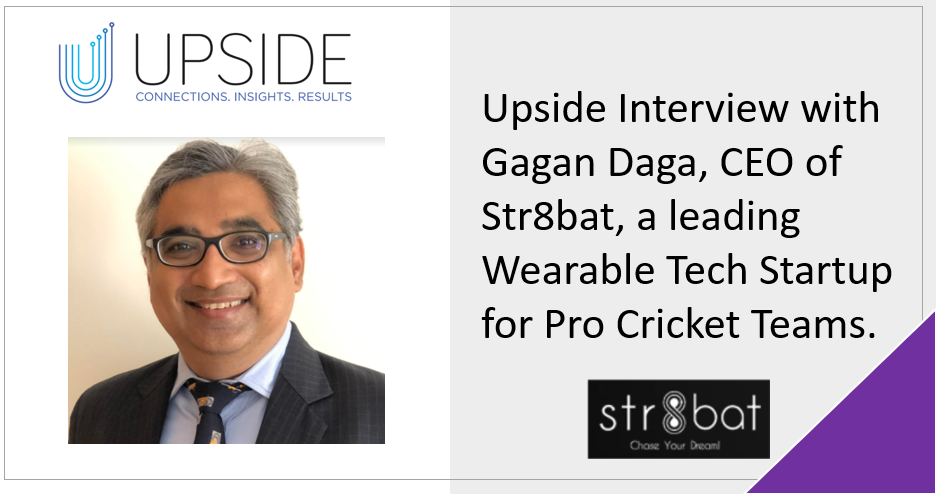This week we had the honor to interview Gagan Daga, CEO of Str8bat, a leading wearable tech startup for pro cricket teams. Show Notes: Through this interview, we touched on his background, and his role at Str8bat. We also talked about his startup, his product, how it benefits for sports…
Share This Story, Choose Your Platform!
Total reviews
Persons recommended this product
Anonymous
Shopper
check_circle Verified
Shop owner replied
Anonymous
Shopper
check_circle Verified
Shop owner replied
Thanks for your review!
Your feedback helps us improve our service.
There are no reviews yet.
Be the first to review “ ”
Please log in to submit a review.
Don't have an account? Register here .
Only logged in customers who have purchased this product may leave a review



